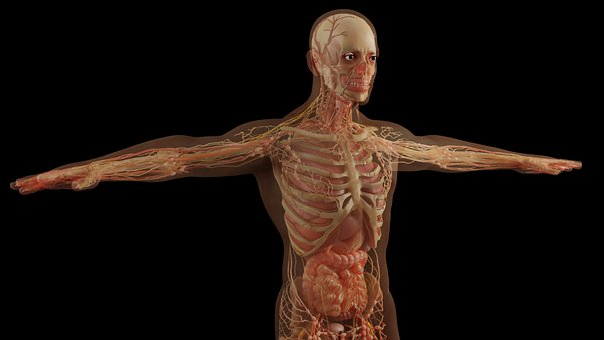Nerves are the most basic and essential components for the functioning of the human body. They send signals to the brain to process information and do the required action. For instance, if a person is venturing too close to a fire, a nerve will immediately send out a warning sign to prevent injury.
In this way, they help in one’s day-to-day lives and activities. But unfortunately, nerves can get damaged by wounds and disease. When this happens, neuro physiotherapy is the best way to improve one’s physiological condition and recuperate.
WHAT IS NEURO PHYSIOTHERAPY?

Meaning
Neuro-Physiotherapy, also called Neuro Rehabilitation, is the treatment for people who have damaged or injured nerves. Nerve damage can occur due to major surgeries, strokes, spine injuries, head injuries, and Parkinson’s disease. When nerves are no longer able to carry and transmit signals effectively, it results in various neurological conditions.
The patient may have difficulty in movement and can also experience paralysis, pain, muscle weakness, loss of sensation, and cognitive problems.
Neuro Rehabilitation helps reduce the intensity of these issues by improving the patient’s strength and mobility. The treatment is specially personalized to cater to the particular and distinct needs of the patient.
Who needs Neuro-Physiotherapy?
Anyone who has experienced damage to their nervous system, either in the form of injuries or diseases, can get neuro-rehabilitation treatment. Although the treatment won’t bring the nervous system to its original state, it can help the patient live a better-quality life.
People who have experienced injuries to the spinal cord or brain can opt for rehabilitation treatment. Those who have diseases such as Alzheimer’s, multiple sclerosis, and Friedreich’s ataxia can also visit a rehabilitation center. Rehabilitation treatments can also be done for vascular disorders, neurological disorders, and life-threatening infections.
Benefits
People who suffer from neurological conditions experience various physical problems such as muscle weakness, difficulty in movement, reduction in stamina, etc. They will find it difficult even to do the most basic tasks that require muscle movement and coordination.
Therefore, treatment will concentrate on regaining strength, agility, and mobility. Treatment will also reduce muscle contractions and tension in the affected areas to prepare the limbs for movement. Rehabilitation improves the physical condition of the patient and makes them feel more confident, independent, and hopeful.
When to Consider Therapy?
Neuro Rehabilitation should not only be considered for major problems and diseases but also smaller injuries. A minor issue can become much worse if left untreated. Therapy can be done for muscle rigidity, weakness, sprains, frozen shoulders, sports injuries, and arthritis. Visiting a therapist in the initial stages can provide quick relief and long-term solutions.
Rehabilitation Centres
Neurorehabilitation centers have various equipment and tools to assess and treat the patient. The person would first have to go through a physical examination to determine how healthy they are. Once this is complete, the therapist will examine their mobility, posture, coordination, and movement.
After the problem has been discerned, the therapist will provide a plan, including diagnosis, methods for treatment, and goals. The patient will also be guided and instructed on how to live independently. A rehabilitation center will include neurologists and physiotherapists, trainers, psychologists, and other specialists to make the treatment more effective.
Rehabilitation approaches
The rehabilitation center takes many different approaches to improve the physical and mental condition of the patient. The therapist will either opt for one policy or a combination of them, depending on the patient’s requirements and goals.
The Bobath approach is done to improve motor movement and control.
The Brunnstrom approach helps patients to strengthen and relax muscles.
The Carr and Shepherd approach require repetitive practice and exercise to improve body functions.
The Mobility approach assists the patient to move in a controlled environment.
The Contracture Management Approach helps to relax muscles and make them more flexible for movement.
Group Therapy
Neurorehabilitation can either be done individually or as a group. Some patients prefer to do it with other people for greater encouragement and support. Tasks such as walking and exercises can be learned together to make the rehabilitation experience more enjoyable.
After Treatment
Once the patient leaves the rehabilitation center, they can be fairly independent but must seek guidance from the therapist. The therapist will teach the patient some exercises to do at home. They will also communicate to the family members what is required to support and encourage the patient. For an excellent physiological improvement, it is not only enough to go to a rehabilitation center but to follow the necessary steps even at home.
Conclusion:
In contemporary society, there are various ways to treat neurological conditions. But treatment can only be effective if it is done early and consistently.







Leave a Comment
You must be logged in to post a comment.